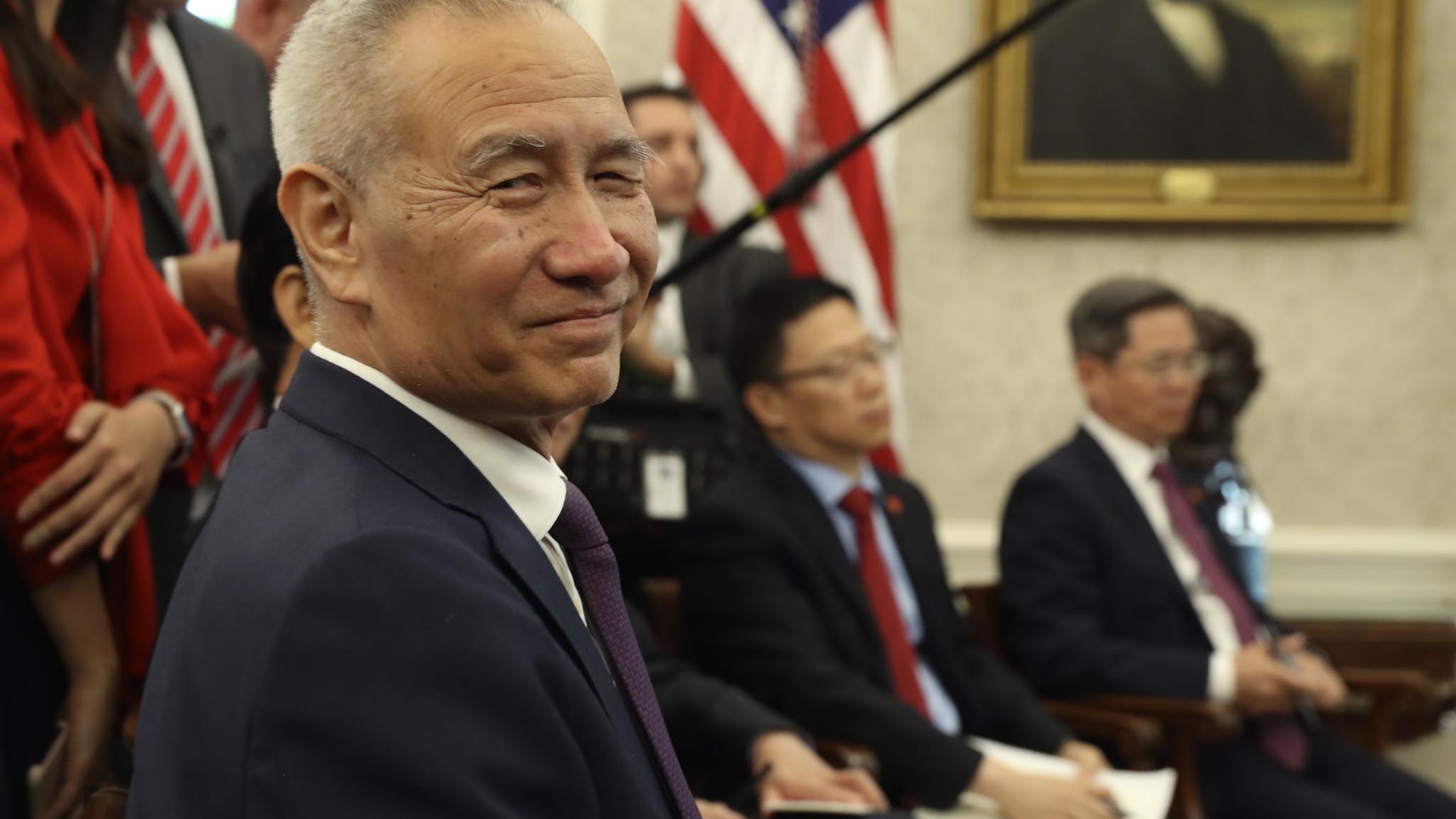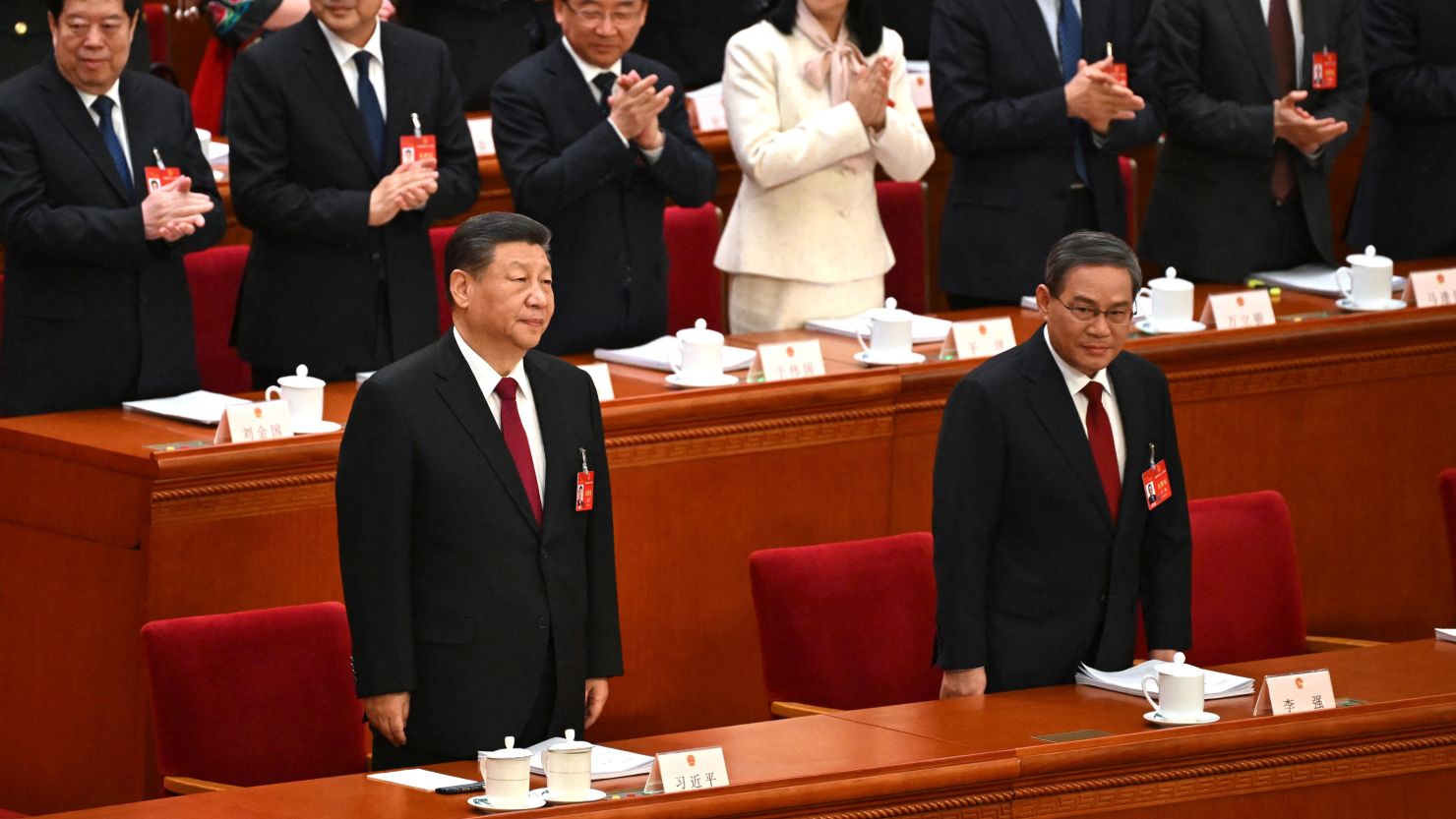On October 15, Chinese Foreign Ministry spokesperson Yan Shuang officially confirmed at the press conference that the US statement on the first-stage trade agreement between China and the United States is true, and said the agreement is beneficial to China, the United States and the world.
The high-level consultations between China and the United States on trade negotiations between October 10 and 11 were considered by the outside world to be a major breakthrough since the trade war. After the consultation, US President Donald Trump met with Chinese Vice Premier and negotiator Liu He and decided to suspend the tariffs originally imposed on China on October 15. He said that the two sides may sign the “first phase” agreement at the APEC Summit next month.
The trade war has lasted for nearly two years. The escalation of tariffs imposed by China and the United States has shaken the global economy and has also had a great impact on the supply chain of some industries. The tariff was suspended and the two sides agreed to continue negotiations in the direction of reaching an agreement. It was seen by the outside world as a “compromise”.
However, the outside world also quickly discovered that the consensus reached between China and the United States is limited. Through the description of Beijing, the issue of agricultural product procurement, intellectual property protection and exchange rate agreements is the main consensus reached between China and the United States. However, these are areas that have been agreed by China and the United States. The progress on these matters is not a big breakthrough in negotiations. Why did China and the United States reach this phased agreement at this time?
The United States is more eager to reach an agreement
US Treasury Secretary Steven Mnuchin said on October 14 that if the United States and China fail to sign the first phase agreement, the December tax increase plan for $300 billion will take effect. At the same time, he also stressed that the formal agreement will include an enforcement mechanism to ensure compliance.
The two matters emphasized by Mnuchin seem to be pressure on China, but in fact reveal the mentality of the United States. Behind the constant emphasis on China and the United States need to ensure that the agreement is reached, the White House is actually “very anxious.”
Mnuchin said that more different levels of trade negotiations will be held in the coming weeks, including a phone call between himself, US trade representative Robert Lighthizer and Liu He, and Trump and Chinese President Xi Jinping. Talks between.
Earlier, Trump stressed on several occasions at the press conference and social network that China’s commitment to the United States to purchase large quantities of agricultural products, and stressed that China and the United States are not far from the end of the trade war, raising the outside world to China and the United States. Expectation of the agreement.
In contrast, China’s reaction after the negotiations is more cautious. On October 14, Chinese Foreign Ministry spokesperson Yan Shuang, at a regular press conference, faced the issue of China-US negotiations. He only repeated the official draft of the results of the negotiations between the Ministry of Commerce, namely, the two sides in agriculture, intellectual property rights, and exchange rates. There have been “substantial progress” in other areas, and no details of the consensus have been revealed. On October 15, Yu Shuang was the first to confirm the news that the two countries reached a phased agreement.
Regarding the next negotiation between the two parties, Yan Shuang said that “the two sides discussed the follow-up consultation arrangements and agreed to work together in the direction of final agreement.”
It can be seen that this negotiation is still the United States’ more desire to let the outside world immediately understand the outcome of the negotiations, and even reveal some of the details as an example, and thus exert pressure on China.
The basis of consensus is political will
In the trade war in Beijing, “there should be constant changes,” while the United States is changing its course and moving with its domestic political considerations. This time is no exception.
Trump is in desperate need of a victory. At home, the Democratic Party’s impeachment investigation against him is still intensifying. After the investigation began, the polls supporting the investigation went higher and the struggle between the two parties rose to a new height. At the same time, Trump suddenly announced the withdrawal of troops from Syria, causing fierce criticism in the Republican Party. Even the Senate’s Senate, Lindsey Grahm, publicly opposed the policy.
On October 14, just a week after Trump announced his withdrawal from Syria, Trump announced that he would re-deploy troops in Syria to monitor the situation and sanction it on the grounds of Turkish military action. This rapid change illustrates the huge resistance that Trump has encountered in the country.
At the same time, while Trump cheered for a low unemployment rate, the Institute for Supply Management (ISM) manufacturing index fell to 47.8% in September, the lowest since June 2009, and showed There is a situation of continued shrinkage. With regard to the predictions of the US economic recession, this may be the most worrying thing for Trump to face the election next year.
The United States hopes to reach a transitional agreement with China at this time, apparently for political considerations.
China’s appeal has never changed
Since the beginning of economic and trade negotiations between China and the United States in 2018, the negotiation process has been twisted and twisted, and several times have experienced a breakdown. It is undeniable that today, the differences between the two sides are still there, and the variables of the China-US negotiations have always existed.
During this period, the pressure on the United States from China has been increasing, from the spread of tariff wars on almost all products of China-US trade, to the attack on Chinese technology companies, Huawei, the South China Sea and Taiwan, and the use of Xinjiang’s re-education camps. The crisis has further suppressed Chinese companies, and the threats are endless. But what is the concession geometry made in China today?
China has always been willing to increase the procurement of agricultural products. China and the United States have already had a consensus on the exchange rate at the beginning of this year. At the same time, China’s process of strengthening intellectual property protection is also in line with its own development needs. The Intellectual Property Protection Law has also roll out.
Beijing has already shown the bottom line of the trade war “to cancel all tariffs, purchase figures are realistic, and the agreement text must be balanced.” The reality is that these bottom lines are still in Beijing today. And China’s attitude has always been “talking, opening the door, playing, and accompanying the end.”
Beijing’s appeal to deal with China-US trade negotiations is not how to reach an agreement. Whether the agreement is “comprehensive” or “step-by-step” is not the core consideration of Beijing. What China needs is to maintain its own external environment and achieve its strategic goals in the event of a structural contradiction between China and the United States.
China’s push for the boat is also in line with the plan to deal with China-US relations. The outbreak of the trade war has never been Beijing’s wish. Reducing the complexity and intensity of the China-US contradictions is in line with Beijing’s policy of stabilizing China-US relations. The basis of this reconciliation is the political will from both sides.











